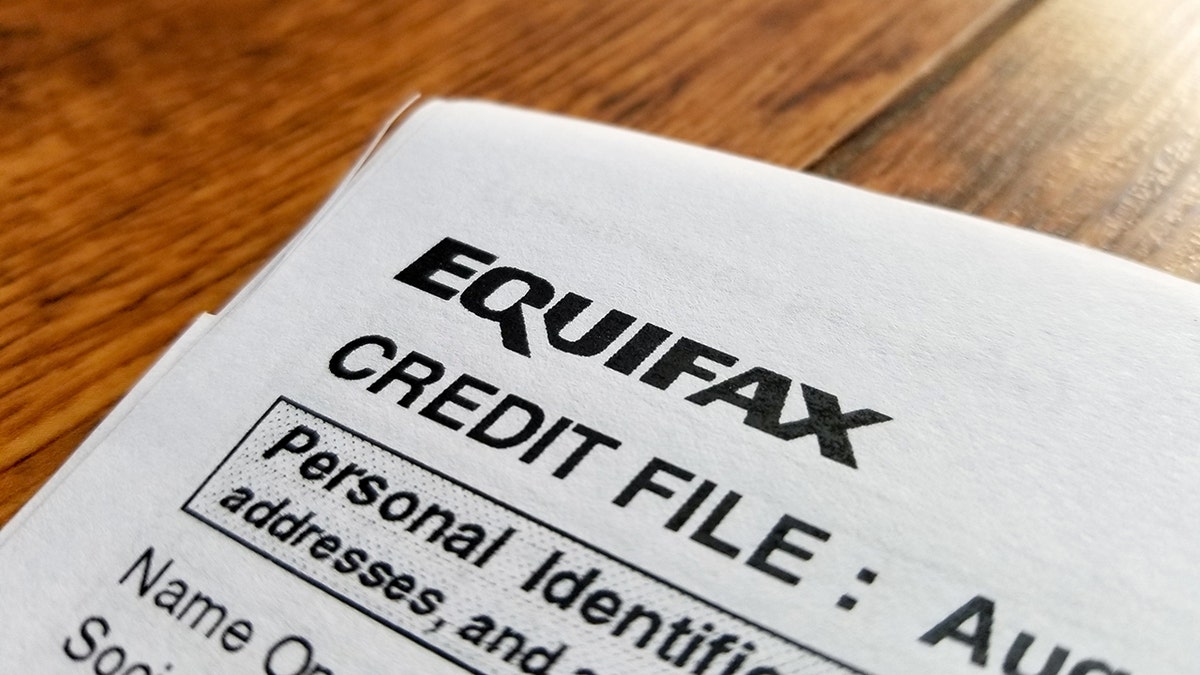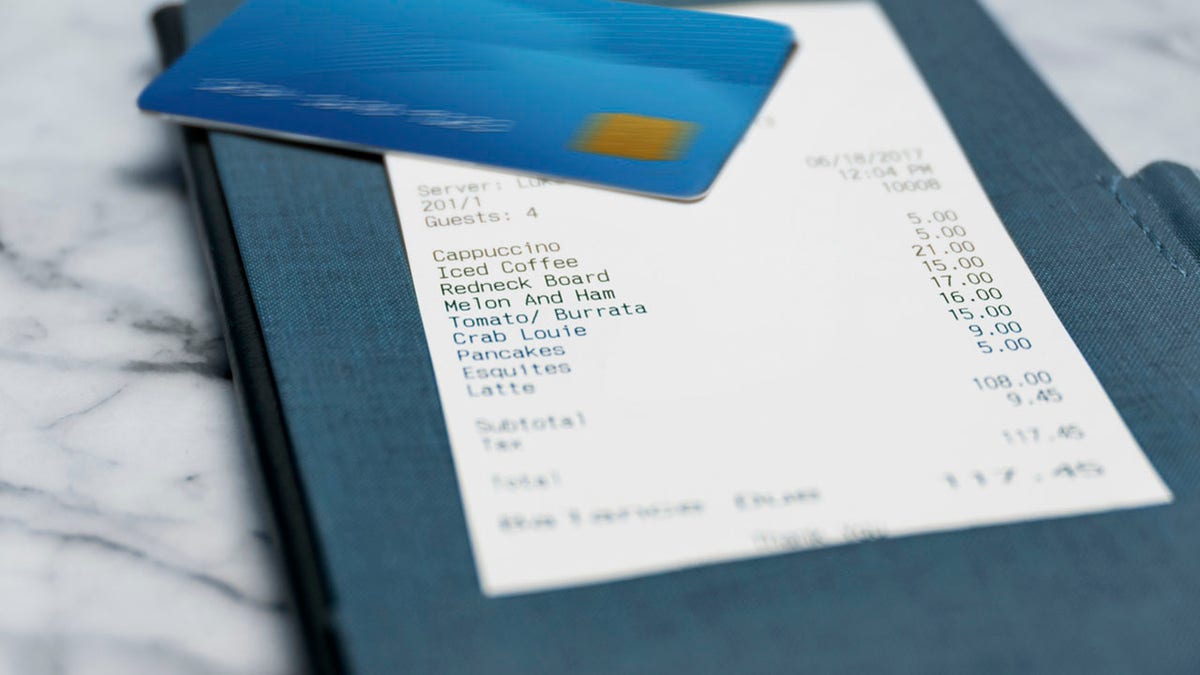Do you know the difference between 550 and 780? Yes, they’re 230 digits apart, but they’re also examples of bad and good credit scores, respectively.
Win a pair of $329 Ray-Ban Meta smart glasses. Enter here, no purchase necessary!
If you don’t check yours regularly, now’s the time to start. Small mistakes are a lot more common than you think, and they can do some serious damage to your credit score. I’ll let you in on some of the most common credit report mistakes and what you can do to fix them.
5-MINUTE CLEANUP FOR YOUR PHONE AND COMPUTER
Step 1: Get your free credit report
The three credit reporting agencies (TransUnion, Experian and Equifax) are required by law to provide you with one free credit report a year. Sweet. There are a few ways you can request a copy from each agency.
Online is the fastest route. If you submit a request via phone or mail, expect to wait two weeks after the paperwork is received.
- Online: www.AnnualCreditReport.com
- Phone: 877-FACTACT (877-322-8228)
- Mail: Download and complete the Annual Credit Report Request Form. Send it to: Annual Credit Report Request Service, P.O. Box 105281, Atlanta, GA 30348-5281
Pro tip: Grab your report from the fourth credit bureau, Innovis, too.

Close up of a man with a smartphone and laptop computer on January 31, 2019. (Neil Godwin/Future via Getty Images)
Step 2: Look for the most common mistakes
Typos or wrong info: Anything from your name spelled incorrectly to your address or your birthdate off by one number. Tiny mistakes can mix up your credit with someone else’s.
Accounts you don’t recognize: If you see something you don’t recognize, don’t ignore it! This includes credit cards you never applied for, loans in your name or purchases you didn’t make.
Duplicates: It’s not normal to see a debt twice on a credit report. This includes things like the same collection account, transferred debts showing as separate accounts or paid-off debts still sitting there.
Incorrect account info: Sometimes, payments can mistakenly show up as late, or closed accounts may still show as active. Other times, reports may show the wrong credit limit or mess up your payment history.
AI ISN’T GOING ANYWHERE: PROMPTS TO MAKE LIFE EASIER
Outdated info: Bankruptcies older than 10 years, late payments older than seven years and outdated collections accounts should not be showing on your credit report.
Make sure websites are following your rules: How to check permissions
Step 3: Report anything strange
Don’t panic! Write down and make copies of anything that looks off, then file a dispute with the credit reporting company by mail, phone or online.
If you’re filing online or by mail, explain in writing exactly what’s wrong and why, and include copies of documents with proof. Make sure to include your contact info, credit report confirmation numbers and a copy of your version of your credit report.

Close-up of the upper corner of a consumer credit report from the credit bureau Equifax, with text reading Credit File and Personal Identification, on a light wooden surface, September 11, 2017. (Smith Collection/Gado/Getty Images)
And always follow up! Bureaus are required to look into your disputes within 30 days. Track its progress until you have a resolution in writing. If your dispute is valid, the bureau has to fix it and tell the other bureaus as well.
A lot of these issues boil down to good old-fashioned human error. It happens, but don’t let that stop you from taking charge.
Related: How to run a 5-minute privacy check on your phone
While you’re at it, find your job number
Equifax also runs a database of 716 million income and employment records, including, potentially, yours. It’s called The Work Number, and employers use it to make sure you are who you say you are.
Your Employment Data Report (EDR) includes things like where you’ve worked, when you worked there and your exact past salary numbers.
TECH TIP: SAVE YOUR MEMORIES BEFORE IT’S TOO LATE
Trying to get a new job? An employer could use your EDR to find your past salary range and lowball you in negotiations. And, of course, Equifax will sell your EDR to anyone who’s buying, including debt collectors.
Money smarts: It’s not just bogus calls and emails putting your bank info at risk
How to stop it
You can freeze your EDR just like a credit report. You can also see who’s tried to access it within the past two years. You’ll need to make an account with The Work Number to do it.
- Search for your current or former employer(s) using their name or employer code (the nine-digit number on your W-2).
- Click their name, followed by Register Now. Heads-up: It’ll ask for your Social Security number.
Once you register, look over your report and make sure it’s accurate. Fill out this data dispute form if you find anything fishy.

A credit card is pictured alongside a restaurant bill. (iStock)
Then, head back to the dashboard and click Freeze Your Data. Fill out the Data Freeze Placement Form and submit it. The Work Number will send you a freeze confirmation letter, along with a PIN. Save your PIN in your password manager. You’ll need it if you ever want to unfreeze your report.
You can always log into The Work Number or call them to unfreeze your report.
If you can’t find your employer: They may not be registered with The Work Number. Call the freeze helpline at 1-800-367-2884 to double-check.
Unless you’re actively applying for a loan or government benefits, or unless an employer actively requests your EDR, it’s a no-brainer to freeze it. And if a potential employer insists on checking your EDR to hire you, maybe it’s not the right fit after all.
CLICK HERE TO GET THE FOX NEWS APP
Get tech-smarter on your schedule
Award-winning host Kim Komando is your secret weapon for navigating tech.
Copyright 2025, WestStar Multimedia Entertainment. All rights reserved.









